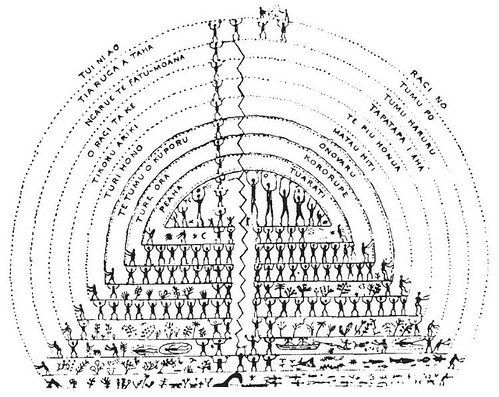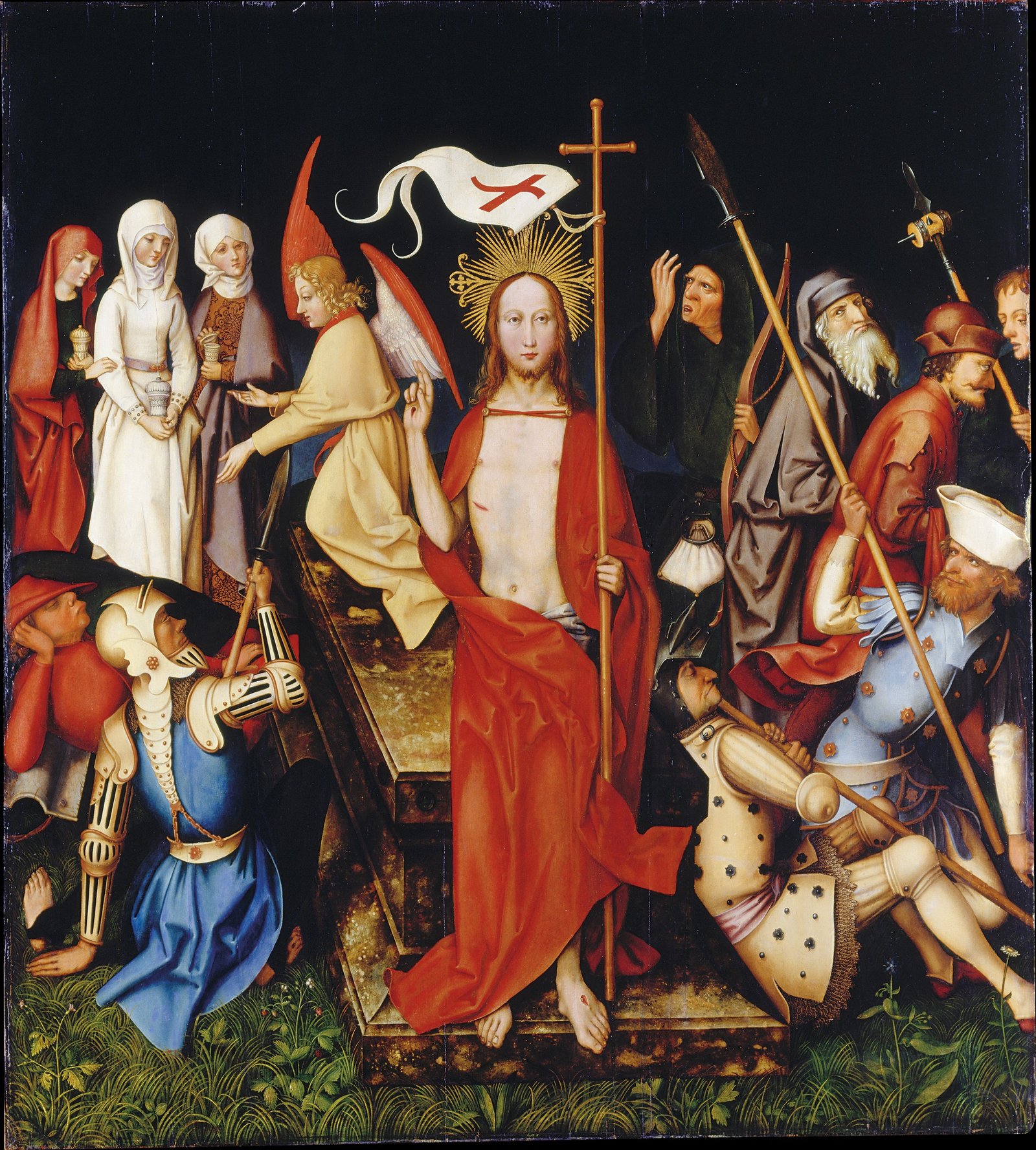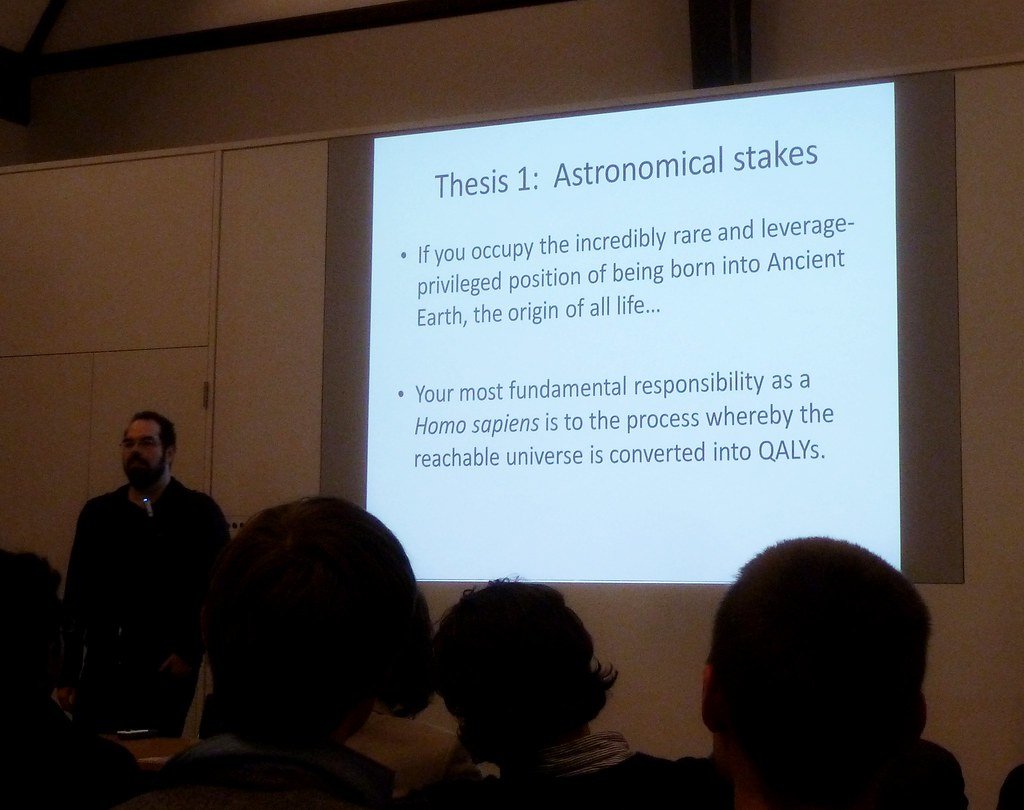Imagine a world where the boundaries between science, philosophy, and spirituality blur so dramatically that scientists begin to engineer not just machines or medicines—but the very essence of the soul. In early twentieth-century Russia, a group of brilliant minds ignited a movement so radical, so breathtakingly ambitious, that it sought to reshape the fate of humanity itself. This movement, known as “Cosmism,” dared to dream of conquering death, resurrecting the dead, and uniting all living things in a cosmic brotherhood. It was an experiment in hope, in defiance of nature, and, above all, in the limitless potential of human imagination. Step inside the strange and electrifying world of Soviet Cosmism, where the soul became a scientific project and the stars were just the beginning.
The Birth of a Daring Idea: Roots of Cosmism

Cosmism didn’t spring from thin air. Its roots stretch back to the nineteenth century, when Russians were caught between tradition and the dazzling promises of science. The father of Cosmism, Nikolai Fedorov, was a librarian with grand dreams. He saw technology not just as a tool, but as a way to fulfill deep spiritual yearnings. Fedorov believed humanity should work together, not only to improve life on Earth, but to conquer death itself. This idea wasn’t just radical—it was electrifying. He called for the resurrection of all ancestors through scientific means and imagined humanity as a single, united organism. His vision was both mystical and practical, blending Orthodox Christianity with the latest ideas in physics and biology. In this vision, science became a form of love and responsibility, a way to heal the wounds of history.
A Movement Takes Shape: Early Followers and Influencers
Fedorov’s ideas didn’t remain hidden in dusty bookshelves. They spread among a curious and restless intellectual elite. Prominent scientists, artists, and writers—like Konstantin Tsiolkovsky, the pioneer of astronautics—picked up his torch. Tsiolkovsky saw space exploration not just as a technical challenge, but as a spiritual mission. He imagined humanity expanding into the cosmos, carrying with it the seeds of life and culture. The circle of Cosmists grew to include biologists, philosophers, and even politicians, all drawn to the promise of transcending old limitations. They debated resurrection, immortality, and the future of consciousness, turning Cosmism into a full-fledged movement that captured the imagination of an entire generation.
Science as Salvation: Engineering the Soul

What set Cosmism apart from other utopian dreams was its insistence that science could—and should—save the soul. Cosmists argued that biology and physics could unlock the secrets of consciousness. They envisioned a future where the mind could be preserved, enhanced, or even transferred to new bodies. Some flirted with the idea of “noogenesis”—the birth of a new, collective consciousness. Laboratories became temples of transformation; scientists became priests of progress. The soul, once the domain of poets and priests, became an object for scientific inquiry. This bold vision inspired early experiments in cryonics, psychology, and even attempts to measure the soul’s weight—each effort a step toward a future where death would no longer be inevitable.
Cosmism and the Soviet Dream

When the Bolsheviks seized power, the world watched to see which way the new Soviet state would turn. Surprisingly, many Cosmists found common ground with the revolutionaries. Both groups dreamed of remaking society from the ground up. Some Soviet thinkers saw Cosmism as a way to harness science for the collective good. They poured resources into research on longevity, artificial organs, and mind-machine interfaces. The dream was to build a new kind of human—one who could survive in space, defy disease, and transcend the limits of the body. This marriage of science and ideology fueled some of the most ambitious projects of the twentieth century, from spaceflight to cybernetics.
Resurrection and Immortality: Daring to Defy Death

Perhaps the most astonishing goal of Cosmism was the literal resurrection of the dead. Fedorov’s followers believed that with enough scientific progress, it would be possible to gather the scattered atoms of past lives and reanimate them. This was not just a metaphor; it was a call to action. The idea inspired feverish speculation, with some scientists proposing elaborate methods for recovering the remains of ancestors and reconstructing their personalities. Cryonics, the preservation of bodies at low temperatures, was born from these dreams. Even today, echoes of this hope can be found in modern research into anti-aging, brain preservation, and digital immortality. The Cosmists’ challenge was simple but profound: Why accept death when we might overcome it?
Space: The Ultimate Playground for the Human Soul
To the Cosmists, space was not just a void to be conquered, but a home waiting to be inhabited. They believed that humanity’s destiny lay among the stars. Tsiolkovsky famously declared, “Earth is the cradle of humanity, but one cannot live in a cradle forever.” The movement’s obsession with cosmic exploration led to early rocketry experiments and philosophical treatises on interplanetary life. Space travel was seen as a way to unite the human race, overcome scarcity, and create a new world order. The stars were not distant or cold—they were the next frontier for the evolving soul, a stage on which humanity could achieve its highest potential.
The Role of Technology: Tools of Transformation
Technology was at the heart of the Cosmists’ vision. They saw machines not just as extensions of human ability, but as instruments for shaping destiny. From early concepts of artificial organs to bold predictions of brain-computer interfaces, Cosmists anticipated many modern developments. Their writings describe networks of information, robotic assistants, and even planetary engineering. To them, technology was a means of achieving harmony between nature, society, and the cosmos. This technological optimism was infectious, inspiring generations of inventors and futurists who continue to chase the dream of a better, longer, and more meaningful life.
Philosophy Meets Science: The Ethics of Engineering the Soul
Cosmism forced people to rethink the boundaries between philosophy and science. Could scientific progress justify tampering with the very nature of life and death? The movement grappled with questions that remain relevant today: Should we pursue immortality, and at what cost? What does it mean to resurrect a person—are memories and personalities enough, or is there something more? Cosmists debated these issues passionately, aware that their vision could lead to both great triumphs and unforeseen dangers. Their willingness to confront these ethical dilemmas head-on set them apart from more cautious thinkers.
Cosmism’s Cultural Legacy: Art, Literature, and Beyond
Cosmism didn’t just influence scientists and philosophers; it left a deep mark on Russian culture. Artists painted cosmic landscapes and imagined utopian cities on other planets. Writers spun tales of resurrection, space travel, and limitless human potential. Even music and architecture reflected the movement’s fascination with transcendence and unity. This cultural explosion created a sense of possibility that was both exhilarating and unsettling. Today, echoes of Cosmism can be found in science fiction, transhumanist philosophy, and the ongoing pursuit of radical life extension. The movement’s spirit continues to inspire those who dare to dream beyond the ordinary.
Criticism and Controversy: The Limits of Human Ambition

Not everyone was swept up by the Cosmists’ optimism. Critics warned that their dreams bordered on hubris, that meddling with life and death could unleash unforeseen consequences. Some accused Cosmists of neglecting the harsh realities of suffering and inequality in their quest for cosmic harmony. Others questioned whether science could ever fulfill the deepest human longings for meaning and connection. These debates raged in universities, cafes, and political circles, revealing the movement’s polarizing power. Yet even its harshest critics admitted that Cosmism had touched a nerve, forcing society to confront questions that would not go away.
Modern Echoes: Cosmism’s Influence Today
The ideas of the Cosmists did not disappear with the Soviet Union. In recent years, scientists and futurists have revived many of their boldest dreams. Projects in cryonics, artificial intelligence, and longevity research echo the old ambitions to conquer death and expand consciousness. Philosophers debate digital resurrection and the ethics of mind-uploading. Space agencies and private companies race to colonize the Moon and Mars, inspired by visions first articulated by Tsiolkovsky and his peers. The spirit of Cosmism lives on in every conversation about the future of humanity—a reminder that the line between science and soul is never as clear as it seems.
Pushing the Boundaries: Daring to Dream Beyond the Possible
What makes Cosmism so captivating is its refusal to accept limits. It invites us to imagine a future where science and spirituality walk hand in hand, where death is not the end but a challenge to overcome. This movement reminds us that every great leap forward begins as an impossible dream. In a world often weighed down by cynicism and fear, the Cosmists’ blend of hope, curiosity, and boldness is a powerful antidote. Their story asks us to look up at the stars and wonder: What if the future is not just something that happens to us, but something we can shape—together, with courage and imagination?


